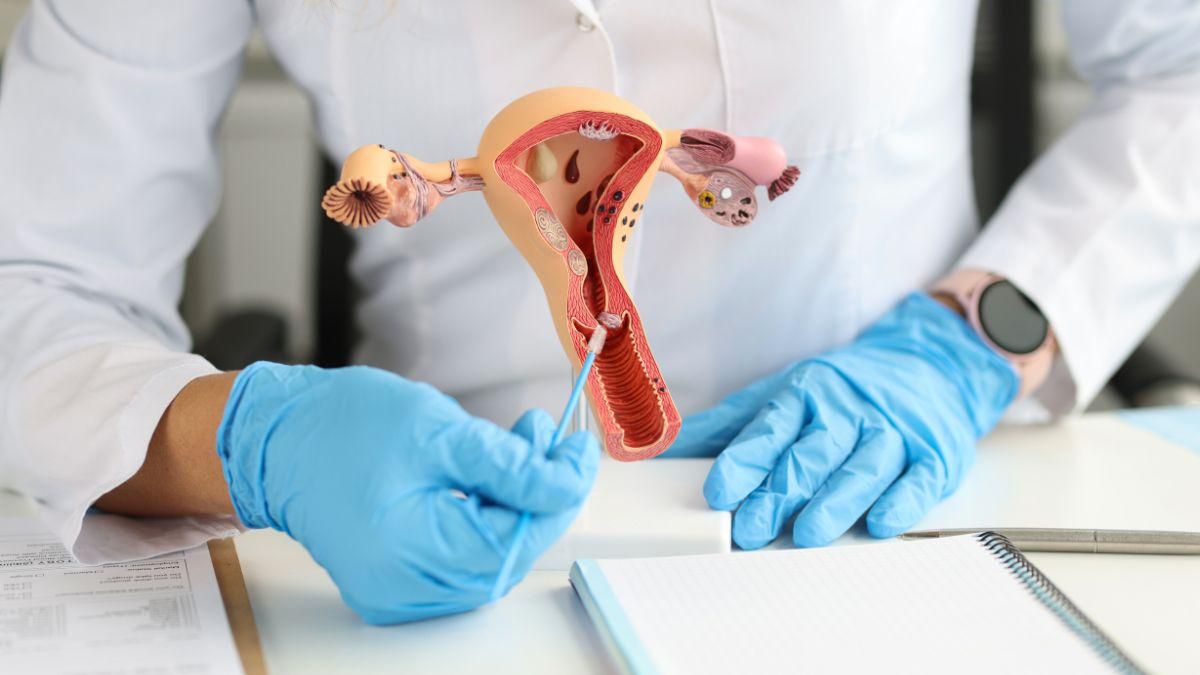Bartholin’s cyst is a common condition that affects many women around the world. It is a fluid-filled sac that develops in the Bartholin’s gland, which is located on both sides of the vagina. When the opening of the gland becomes blocked, fluid accumulates and leads to the formation of a cyst. While this condition is not usually serious, it can cause significant discomfort and pain. In some cases, it may become infected and require treatment.
One of the treatment options for Bartholin’s cyst is an operation. This procedure involves removing the cyst to relieve symptoms and prevent future occurrences. In this article, we will provide an overview of what to expect during an operation and how to prepare for it.
The Operation Process
Before undergoing an operation, you will need to consult with a physician to determine if it is the best option for your Bartholin’s cyst. Your doctor will also discuss the risks and benefits of the procedure with you. If you decide to proceed with the operation, you will need to prepare for it by following these steps:
1. Avoid eating and drinking before the operation
You will be required to fast for several hours before the operation. This is to ensure that your stomach is empty during the procedure and to prevent the risk of vomiting.
2. Take medication as prescribed
Your doctor may prescribe pain medication and antibiotics to prepare for the operation. Ensure that you take them as prescribed and follow any other instructions given to you.
3. Prepare for anaesthesia
During the operation, you will be given anaesthesia to ensure that you do not feel any pain. Your doctor will discuss the different types of anaesthesia that are available and help you choose the one that is most appropriate for you.
The operation itself is a simple procedure that typically takes less than an hour to complete. Here are the steps that are involved in the operation process:
1. Administer anaesthesia
Before the operation begins, you will be given anaesthesia to ensure that you do not feel any pain during the procedure. Your doctor will discuss the different types of anaesthesia that are available and help you choose the one that is most appropriate for you.
2. Make an incision
Once you are under anaesthesia, your doctor will make a small incision in the cyst to drain the fluid. This will relieve the pressure in the cyst and prevent it from recurring.
3. Use a catheter
In some cases, a catheter may be inserted into the cyst to help drain the fluid. Your doctor will decide if this is necessary based on the size and location of the cyst.
4. Close the incision
After draining the cyst, your doctor will close the incision using stitches. The stitches will dissolve on their own over time.
5. Recover
After the operation, you will need to rest for a few hours before being discharged. You may experience some pain and discomfort for several days following the operation, but this can be managed with pain medication.
Conclusion
Bartholin’s cyst is a common condition that can be treated with an operation. While the procedure is relatively simple, it is important to follow your doctor’s instructions and prepare thoroughly beforehand. By doing so, you can ensure a smooth operation and a successful recovery. If you have any questions or concerns, be sure to discuss them with your doctor before undergoing the procedure.





